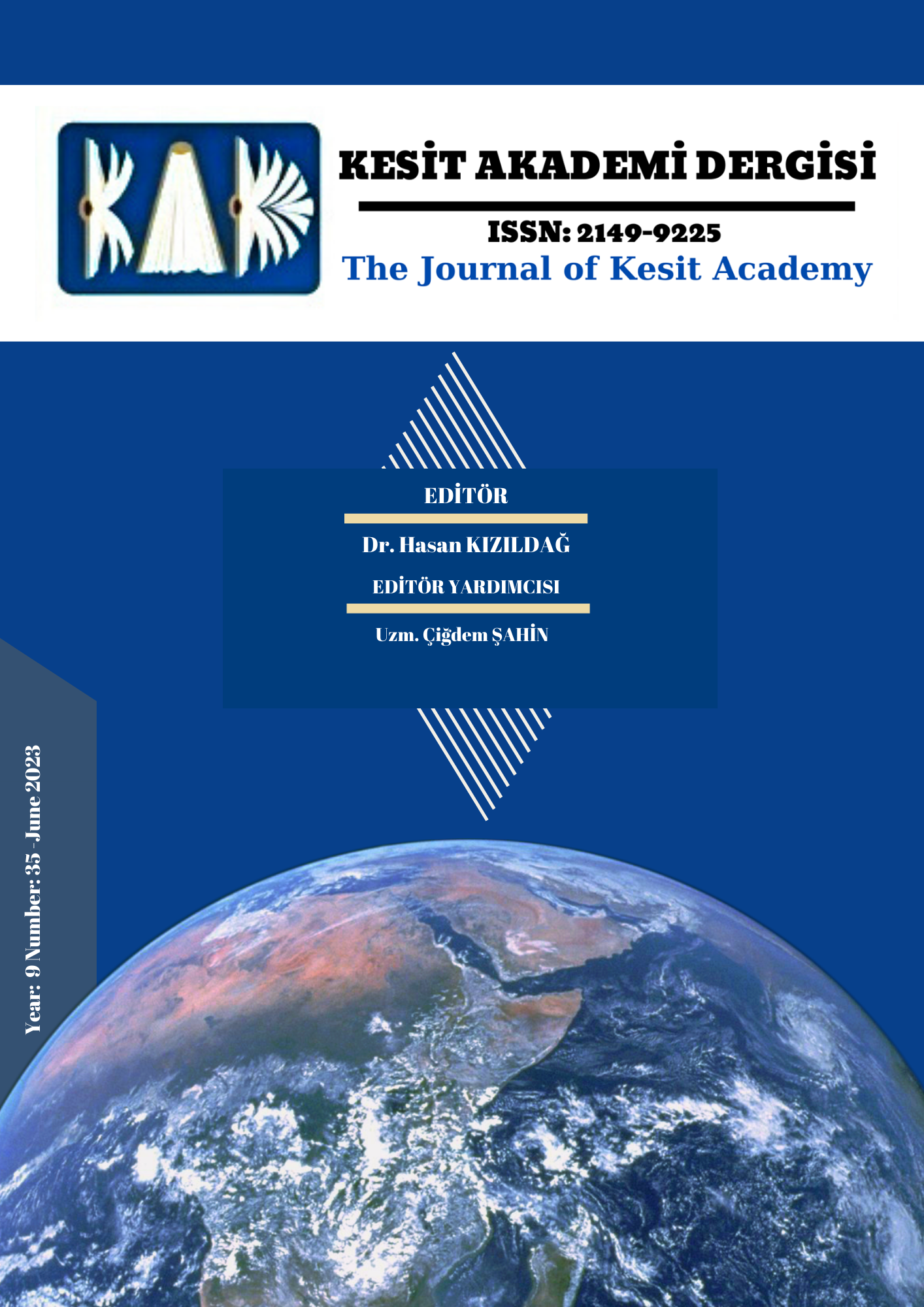Author :
Abstract
Mimari eserin deneyiminde, insan ve mekan arasında öznel bir iletişim gerçekleşir; insan, mekanı ve boşluğu, duyuları ile algılar ve mantıksal bir değerlendirmeye varır. Mekan, fiziksel ve zihinsel yapıları bütünleştirirken, bireyin varoluşsal deneyimine sağlamlık ve anlam katar. Mimari mekanın, çevresinden bağımsız bir varlık olmadığı savunulurken; mekan ve çevresi arasındaki ayrımlar ve bütünleşmeler, boşluklar ile tanımlanmaktadır. Mekansal deneyim şahsi bir durumdur; konu (nesne) ile ilişkili öz (değerlendirme) ise, mekana verilen tepkilerle tezahür eder. Bu anlamda, bedenimiz ve düşünsel deneyimimiz mekansal gerçek olarak kabul edilen imgenin, oluşumunda önemli bir rol oynar. Mimari mekan sınırları olsa da dünyayı temsil eder; bu nedenle dünyaya dair algımız önce mekanda başlar. Bu söylemlere göre, yapılı çevrenin sorumluluğu, varoluşumuzu dünyada anlama açısından büyük önem taşır. Türk Dil Kurumu’nun tanımına göre mekan "Yer, bulunulan yer, ev, yurt ve uzay" anlamına gelmektedir. Bu tanıma göre mekan kapalı, açık, yarı açık veya uzay gibi boşluğun oldukça sonsuz olduğu bir ortam bile anlam olarak mekanı işaret etmektedir. Bu araştırma, mekan ve boşluk kavramlarını güzel sanatların bir kolu olan heykel sanatı ile birlikte değerlendirilerek, söz konusu boşluğu doldurmaktaki anlamı sorgulamayı hedeflemektedir. Bu amaçla, mekanda boşluk algısını cesur bir ölçek ve yenilikçi malzeme tercihi ile uygulayan, heykellerinde malzeme, renk, taşıyıcılık özelliklerine dikkat çeken, sanatçı Anish Kapoor'un çalışmaları, mimari ile kurduğu bağ, tasarım kabulleri yönünden irdelenecektir. Çalışmanın alt yapısında, mimarlıkla bağlantılı, iç mekan tasarımı, peyzaj mimarlığı, kentsel düzenleme, malzeme ve yapım tekniği gibi alanlara da değinilecektir.
Keywords
Abstract
Subjective communication between human and space takes place in the experience of an architectural work; humans perceive and evaluate space and emptiness through their senses and come to a logical conclusion. While space integrates physical and mental structures, it adds solidity and meaning to the individual's existential experience. It is argued that architectural space is not an independent entity from its surroundings; distinctions and integrations between space and its environment are defined by emptiness. Spatial experience is a personal state; the subject, object, or value associated with an object is manifested in reactions to the space. In this sense, our body and mental experience play an important role in the formation of the image that is considered spatial reality. Although architectural space has boundaries, it represents the world; therefore, our perception of the world begins in space. According to the definition of the Turkish Language Association, space means "place, location, home, homeland, and space". According to this definition, any environment, even if it is a space such as open, closed, semi-open, or infinite, in terms of emptiness, refers to space. This study aims to question the meaning of filling the void by evaluating the concepts of space and emptiness together with the branch of fine arts, sculpture. For this purpose, the works of the artist Anish Kapoor, who applies the perception of emptiness in space with a bold scale and innovative material choice, and who pays attention to the material, color, and carrying capacity properties in his sculptures, will be examined in terms of its connection with architecture and its design concepts. The groundwork of the study will also touch on fields related to architecture, such as interior design, landscape architecture, urban planning, material, and construction technology.





